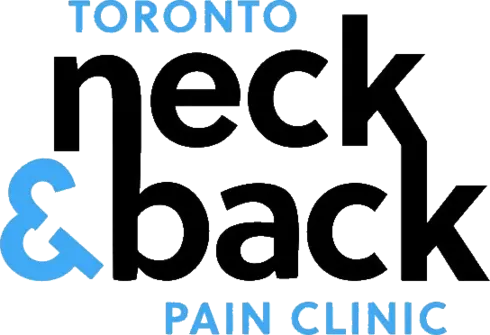Low back pain (LBP) and pelvic girdle pain (PGP) are common complaints during pregnancy. Some studies suggesting these conditions affect up to half of expecting mothers. In the postpartum period, it’s estimated that as many as one in-five women will continue to experience these forms of musculoskeletal pain. This can last up to three years following the birth of their child.
Typically, there isn’t one reason why an expectant mother develops LBP/PGP. There can be a number of contributing factors such as maternal weight gain, spinal pregnancy-related changes, and abdominal muscle changes to accommodate the growing fetus. During pregnancy, the body also begins circulating a hormone called relaxin. This will relax the joints and ligaments in preparation for labor and delivery. This too may be associated with an elevated risk for LBP/PGP.
Back Pain During Pregnancy – Common vs Normal
While pregnancy and pregnancy-related LBP/PGP are very common, there is not a lot of published information on effective treatment options. With respect to the use of chiropractic care, there are a few randomized controlled trials. Most of the published literature involves small trials and case studies.
A 2016 systematic review and meta-analysis looked at ten studies with a total of 1,198 pregnant women. It reported that chiropractic care can be effective for reducing pain intensity in women with LBP/PGP. However, the authors recommended additional studies with larger patient populations.

Pelvic girdle pain and back pain are common during pregnancy, but there is help available.
What Can Help?
Typically, doctors of chiropractic utilize a varied approach when managing expecting moms. This can include a combination of manual therapies like spinal manipulation, mobilization (non-thrust), massage, and stretch/muscle release techniques. Other help comes from exercise training, patient education (such as ergonomic and activity modifications), diet and nutritional counseling, and the use of stabilizing belts. To accommodate for the growing fetus, the doctor may modify the patient’s positioning during treatment. The table can also be adjusted so that the patient can lay comfortably in a prone position. The chiropractor may also opt for low-force adjusting techniques instead of the high-velocity, low-amplitude adjustment most commonly associated with chiropractic care.
Schedule a consultation and examination for your pregnancy related concerns online at – https://www.atlaschirosys.com/booking/#/login?s=13323045
Our office is a member of ChiroTrust and has taken The ChiroTrust Pledge:
“To the best of my ability, I agree to provide my patients convenient, affordable, and mainstream Chiropractic care. I will not use unnecessary long-term treatment plans and/or therapies.”
.
Toronto Neck and Back Pain Clinic
1849 Yonge Street Suite 412 Toronto ON M4S1Y2
www.DKChiroBlog.com
.
Open:
Mon 8:00 to 10:00, 12:00 to 1:00, 3:00 to 6:00
Tue 8:00 to 10:00, 12:00 to 1:00
Wed 3:00 to 6:00
Thu 8:00 to 10:00, 12:00 to 1:00, 3:00 to 6:00
.
Walk-Ins Welcome or To Make an Appointment,
Call 416-960-9355
Or visit www.torontoneckandbackpain.com

